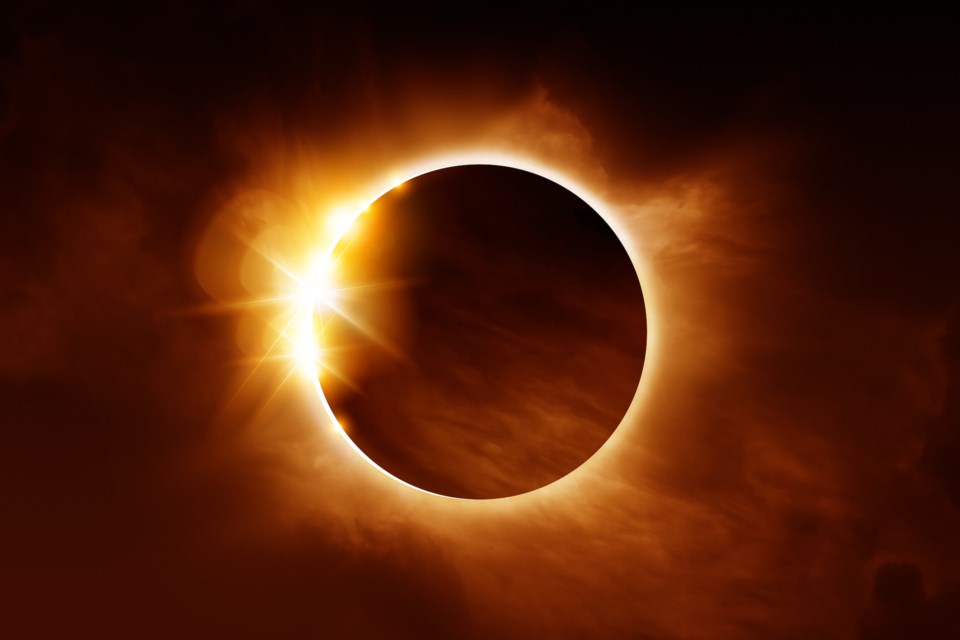NEWS RELEASE
BROCK UNIVERSITY
*************************
When the total solar eclipse takes place over North America on April 8, many people will naturally reach for their phones or cameras to capture the moment.
Brock Associate Professor of Visual Arts Amy Friend, an internationally recognized photographer, is offering tips on documenting the rare phenomenon safely while also encouraging the public to consider different ways of experiencing what for many will be a once-in-a-lifetime event.
The chair of visual arts at Brock first points to taking safety precautions for viewing and documenting the eclipse, which can be found on Brock’s Eclipse on the Escarpment web page. Friend says it’s crucial to have a proper solar filter on any camera, including on a smartphone.
“Solar filters for traditional cameras and cell phones are available online from several retailers, but consumer research is key to ensuring the purchase of an international standard filter (full-aperture and off-axis) with regulated qualities, making it safe for photographing the eclipse,” she says.
According to the award-winning photographer, practice is also key. Practise beforehand by photographing the everyday sun, without looking directly at it, Friend
says. Taking photos of the sky on a sunny day will help determine appropriate aperture and shutter speed for such bright light. She also suggests getting comfortable with outdoor night photography.
“During totality, when the sun is fully blocked by the moon, turning the sky dark, the camera will need adjusted shutter speeds and aperture settings to take a successful photo,” Friend says.She recommends experimenting with the high dynamic ange (HDR) setting on cameras, which
captures high-contrast photos. With this setting, many photos of the eclipse could be put together to create one image.
“The visual effect of this is very interesting as the second-to-second variations in the sun flare created by the eclipse combine creating a beautiful image capturing unique details,” Friend says.
For those looking to get creative, there are other ways to view the solar eclipse, including pinhole projectors or building boxes that filter the sunlight and create a projection of the sunlight onto a nearby surface.
“Using this approach, the person would be looking at the projection instead of the eclipse itself,” Friend says. “What they would see is a darkening circle in the form of a crescent, which is the moon starting to cover the sun.”
While many people will want to capture a photo of the eclipse themselves, photographers throughout history have cautioned against photographing the celestial phenomenon, as it is difficult for the average person to achieve a great photo.
“We know what it will look like, and yet we still want to photograph it. But we don’t want to miss an incredible experience in the process,” Friend says.
Through her research into the role of photography as proof of experience, however, Friend says the desire to personally capture the moment is very natural.
“There is also the excitement of going online and sharing your photo — the ‘after’ of the experience — that can be quite engaging and stirs up response and dialogue, simultaneously amplifying the experience and documenting it in popular culture,” she says.
Friend is fascinated by historic images of people experiencing celestial events in group settings as a visual time capsule into the culture and technology of the time.
“I think there is something quite beautiful about that moment, where we all just stop and view something rare and spectacular in the sky together,” she says. “The sun and moon have paused life for a moment.”
*************************
